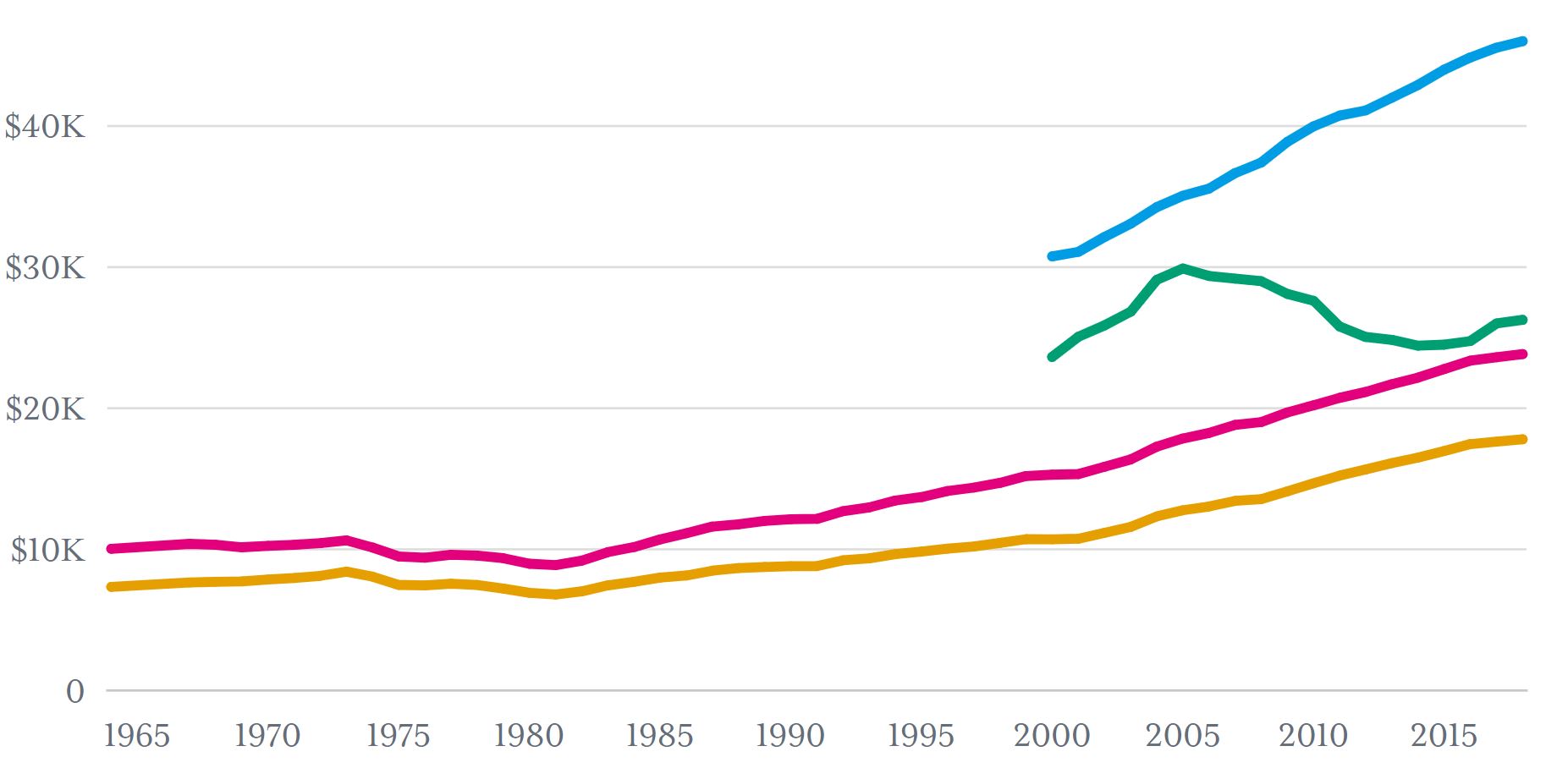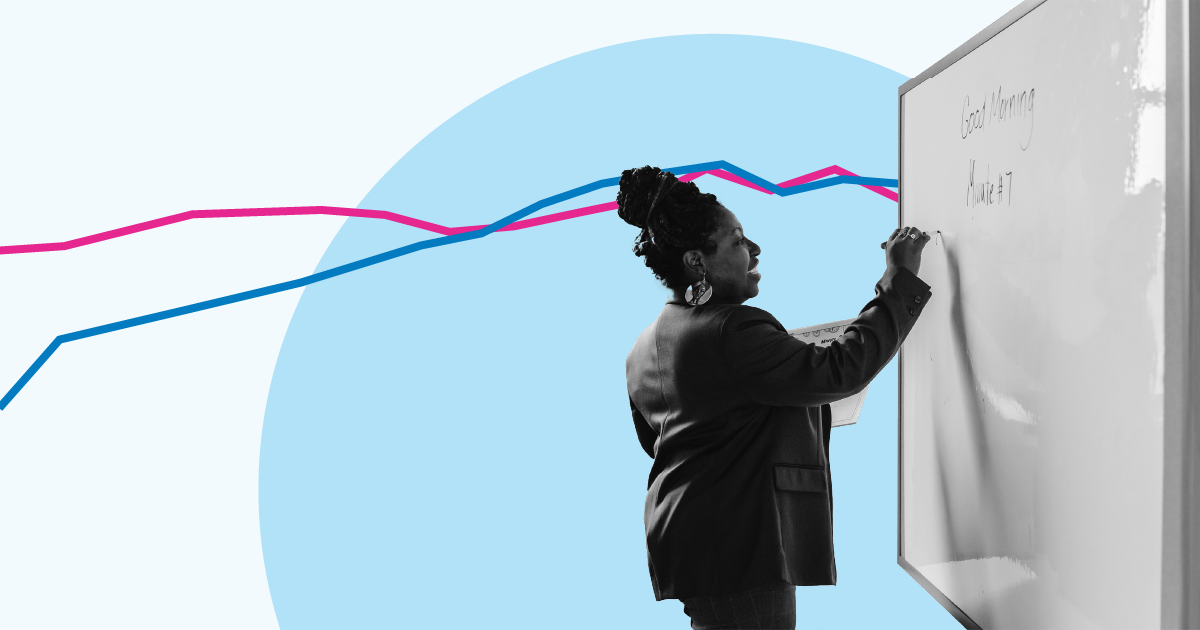Education
College tuition has increased — but what’s the actual cost?

Presidential candidate Joe Biden released a $775 billion plan addressing child and elder care, including a proposal to offer universal preschool for three-and four-year-olds. In light of this proposal, what is the current state of pre-primary education in the US?
According to data from the National Center for Education Statistics (NCES), around 54% of all three-and four-year-old children were enrolled in pre-primary programs in 2018, including part-day and full-day preschool and kindergarten programs. This means that out of 8.1 million children in this age group, 3.7 million were not enrolled in pre-primary programs.
Of the 4.4 million three- and four-year-olds that were enrolled in 2018, 55.3% were in full-day programs while just under half were in part-day programs. About 7.5% of those enrolled were in kindergarten. Since 2000, pre-primary enrollment rates have remained relatively stable among all age groups, with enrollment among three-and four-year-olds staying around 53% over the time period.
Pre-primary enrollment varies substantially between states; in 2017, 76.2% of preschool-aged children were enrolled in school programs in Washington, DC, while 27.5% were enrolled in North Dakota.
Families with working parents or guardians enroll children in pre-primary programs at higher rates than families without parental employment. In households with every parent or guardian employed, 67.9% of children aged three to five years were enrolled in 2018 compared to 52.4% in households with no parent or guardian employed.
Children of different races and ethnicity also attend pre-primary programs at different rates. White three and four year olds enrolled at the highest rate (67.8%) in 2018, followed by Black children (62.6%), Hispanic children (59.4%), Asian children (57.9%), and American Indian or Alaska Native children (53.5%). However, white children were enrolled in full-day programs at lower rates compared to other racial and ethnic groups. Due to small sample sizes, NCES did not report enrollment rates among Pacific Islander children.
Learn more from USAFacts and get the data directly in your inbox by signing up for our newsletter.
Education
Education
Education
Education
Newsletter
Keep up with the latest data and most popular content.


